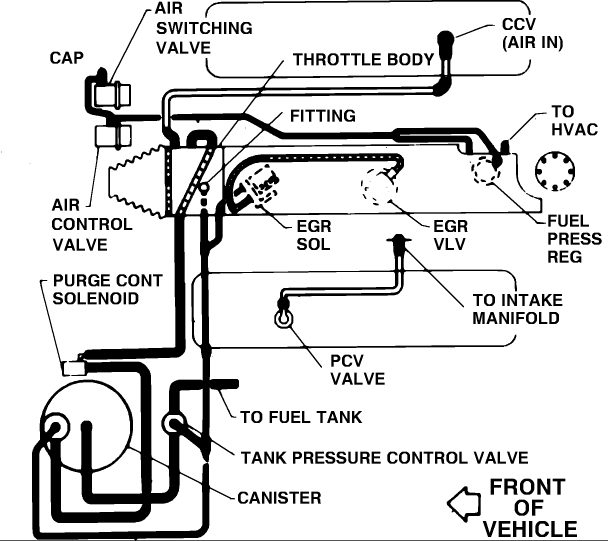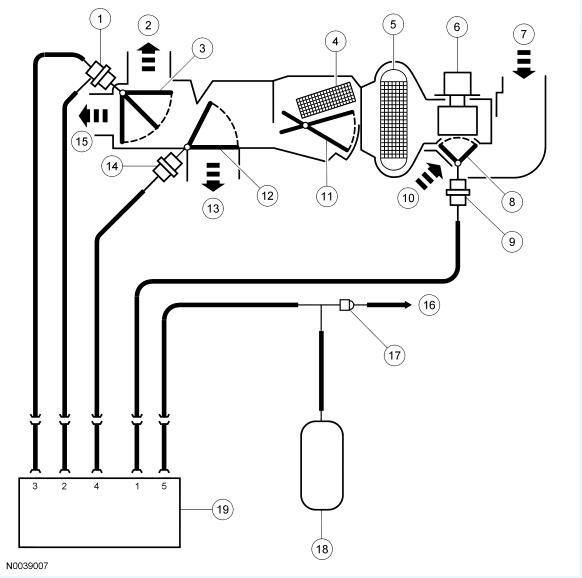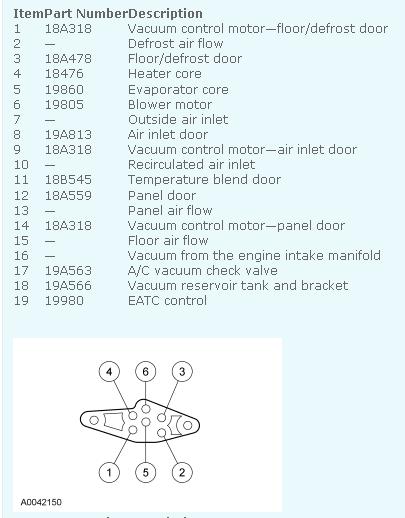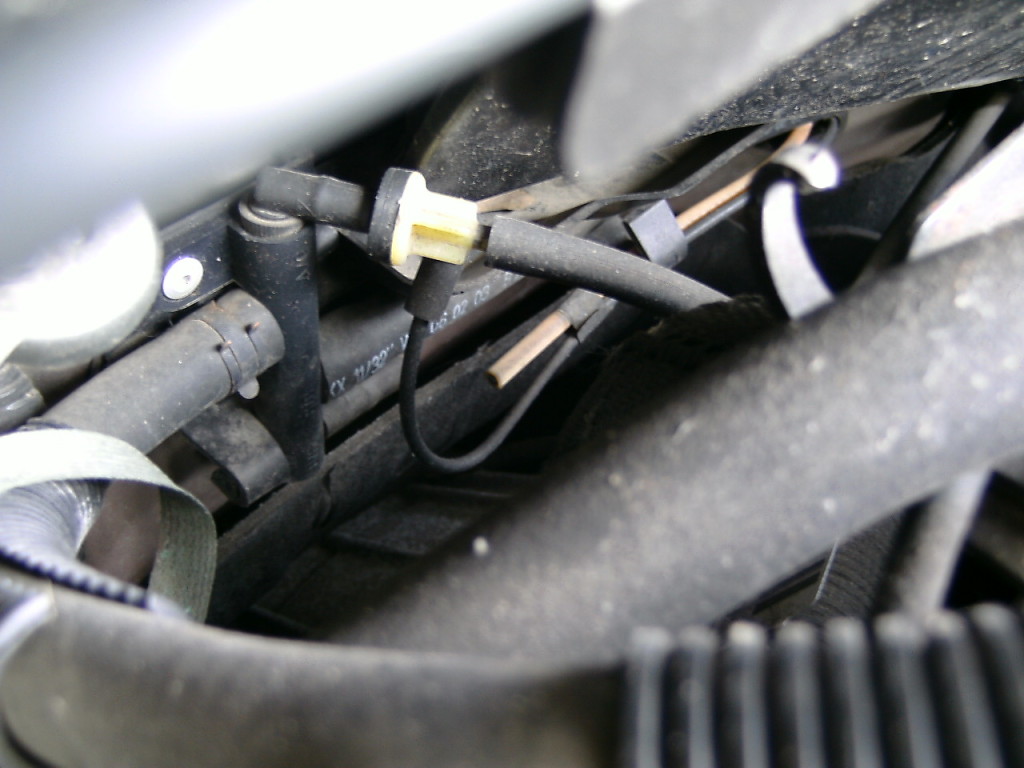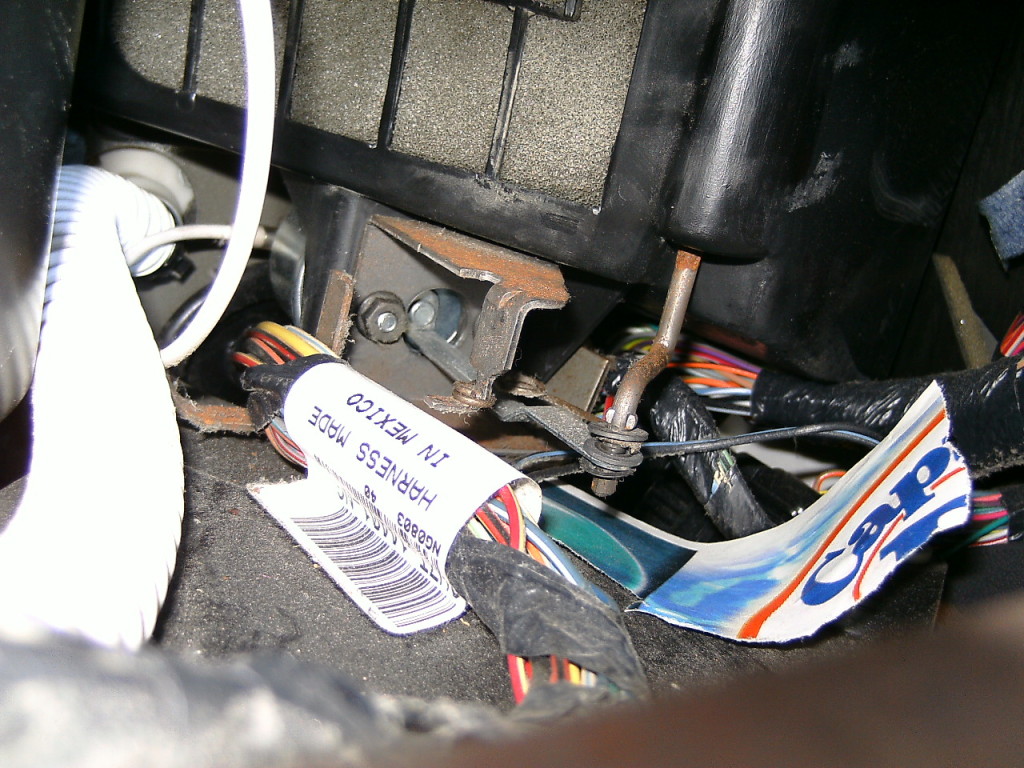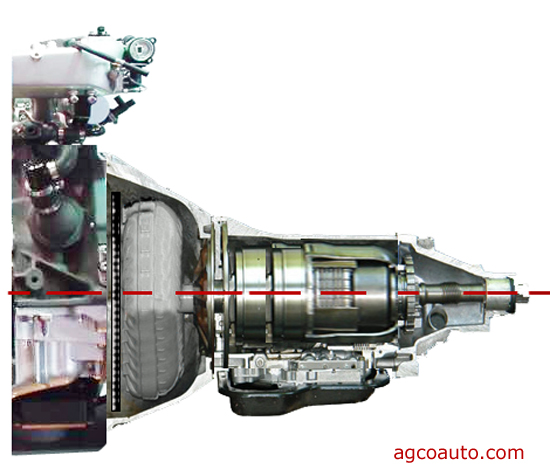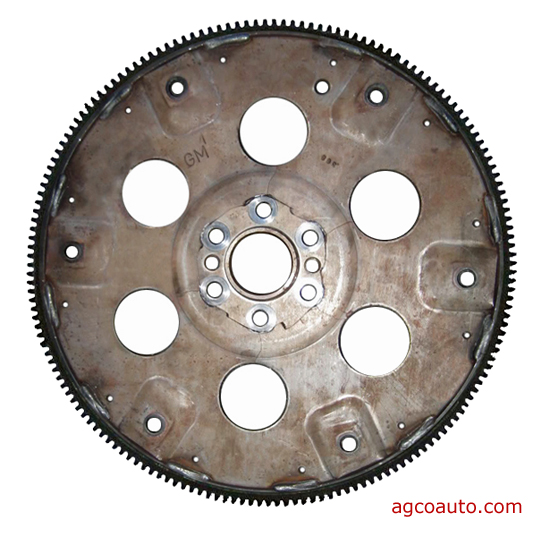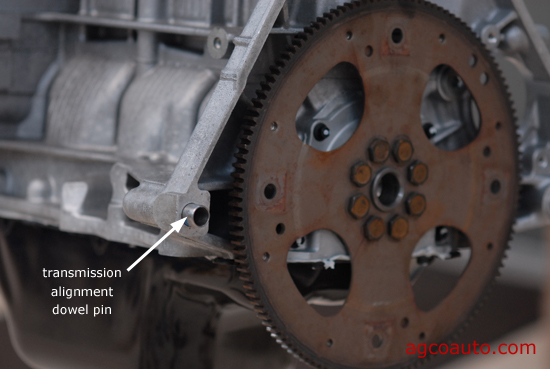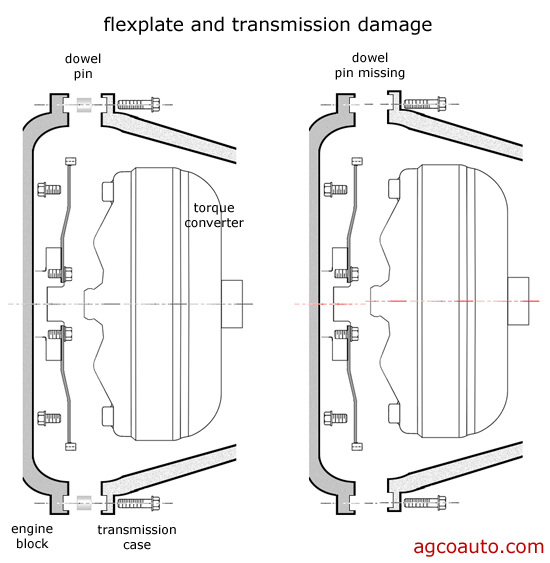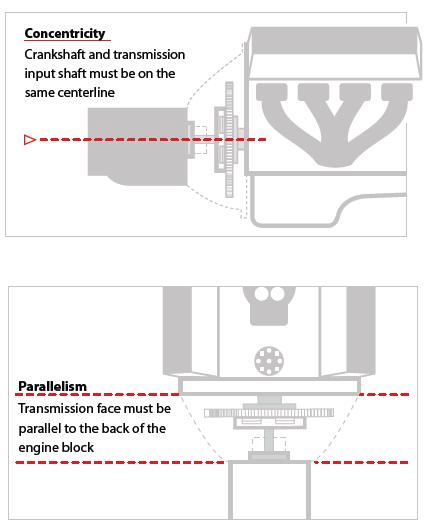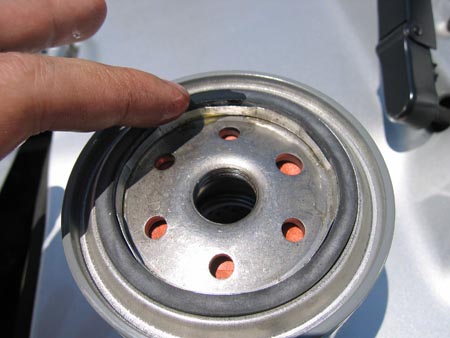one of my friends calls me up to tell me about a real p.i.t.a. problem he was having with an intermittent ignition miss that never was consistent on his 1970 GTO
hes got some aftermarket HEI type ignition that was driving him insane because it would run crappy for the first few minutes to occasionally, hours of run time then suddenly it would correct itself and run flawlessly for days until the next time he drove the car,after it sat for a few days, it acted like the plugs needed to get hot or, the car had water in the fuel tank,or moisture in the ignition components that needed to burn off once the engine got up to temperature, or something but because once it started running correctly it was nearly impossible to locate the problem, and it almost always seemed to clear up.well a step by step check and verify approach did lead to the answer.
anytime your dealing with a potentially electrically related problem ,Id suggest you start by cleaning the battery terminals and cable connections carefully, a great many problems blamed on battery's and fuses are basically high resistance or intermittent connections, then use a multi meter to see what your dealing with
he had swapped plugs and rotor, distributor caps , ignition wire, etc. played with the ignition advance curve several times.
this intermittent issue really started to bug the crap out of him so he followed some of my advice in one of the threads and measured the battery voltage, did an alternator check, cleaned the ground connections, measured the ignition wires, and a dozen other things and took notes then went back and measured things again once it started running correctly which eventually led him to the problem..the problem was that the ignition was VERY susceptible to input voltage changes and the battery had some weak cells it was 5 years old and it took 15-30 minute's before the alternator charging the system gave it a charge level high enough to allow the ignition to function flawlessly , one the battery was fully charged everything functioned, but if the weak cells was drawing to much power and drawing down the voltage , the ignition ran like crap.
he eventually noticed a correlation between batter registered voltage and the miss.
he eventually found this out as the battery charge took longer and longer and he noticed the direct relationship , once he had over 13.3 volts everything ran great , below 13 volts it ran like crap, he swapped to a new battery and the problem went away.
one reason it was difficult to track down was he had an auxiliary electric cooling fan that would draw a good deal of current, when it ran and that was sensor controlled and only came on if coolant temps exceeded 220F that fan would draw the battery charge level down, over time, and only slowly over time if the car sat idling, if the car was cruising it rarely came on and even when it did the engine speed seemed to spin the alternator fast enough, that the alternator speed plus moving air flow caused that fan rarely turned on if the weather was reasonably cool.
once he realized the problem he also upgraded the alternator and says it made a noticeable difference in how the car starts and runs even with the new battery.

